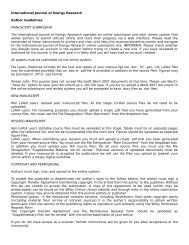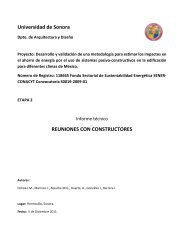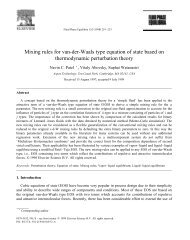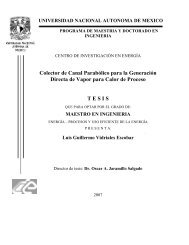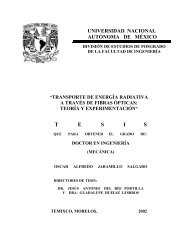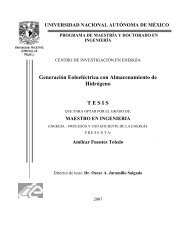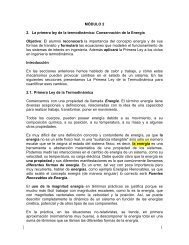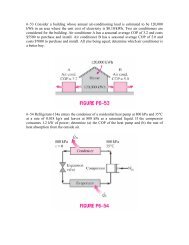Small Angle X-ray Scattering (SAXS) Measurements
Small Angle X-ray Scattering (SAXS) Measurements
Small Angle X-ray Scattering (SAXS) Measurements
You also want an ePaper? Increase the reach of your titles
YUMPU automatically turns print PDFs into web optimized ePapers that Google loves.
<strong>SAXS</strong> Unit<br />
6. Always put the sample in a way that sample surface faces the detector<br />
side.<br />
7. For collecting <strong>SAXS</strong> data, run a 2theta scan. A representative scan<br />
condition is described in Table 1 below.<br />
8. For analyzing <strong>SAXS</strong> data with NANO-Solver, a ratio of intensities (R) with<br />
and without sample is required, i.e.<br />
R = (Intensity with sample placed in sample holder using count<br />
monitor/Intensity without sample placed in sample holder using count<br />
monitor). Good values of R are between 1/3 to ½ (30-50%).<br />
a. If lower try slicing thinner sample or use reflection <strong>SAXS</strong><br />
b. If too high, add a layer to sample to increase X-<strong>ray</strong> absorbance<br />
Theta-D = 0<br />
Collect raw counts in theta/2theta mode with count monitor window and<br />
setting Theta-d and Theta-s at 0 degrees (0 degree for both arms by<br />
driving Theta-d and theta-s to zero) and using a Al absorber as attenuator<br />
in Manual Mode (see below), Make sure for all the runs the DS, RS and<br />
SS have same value.<br />
Now choose control axis as theta/2theta and using count monitor, press<br />
execute button. Note the counts both with and without the sample to get R.<br />
3




